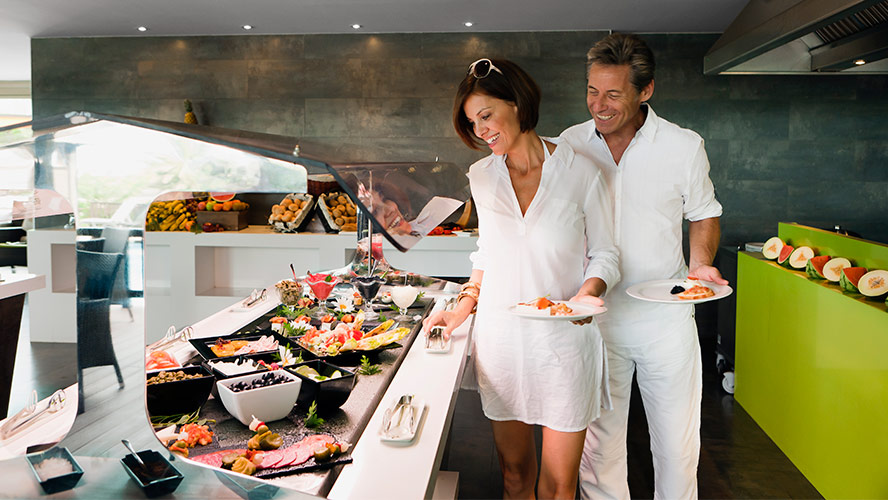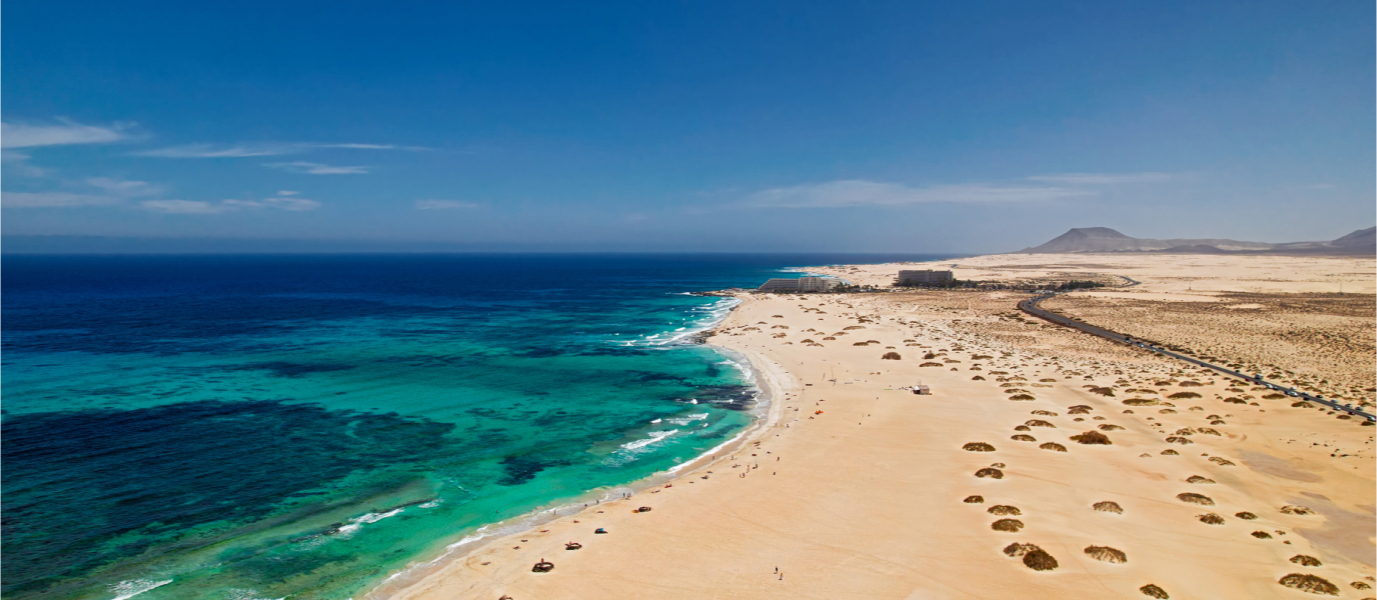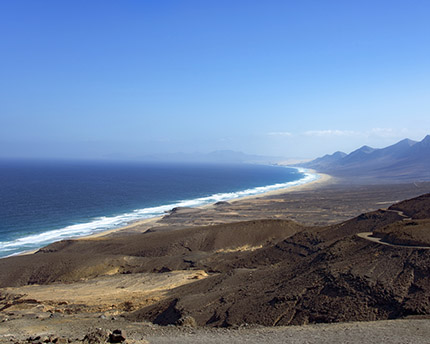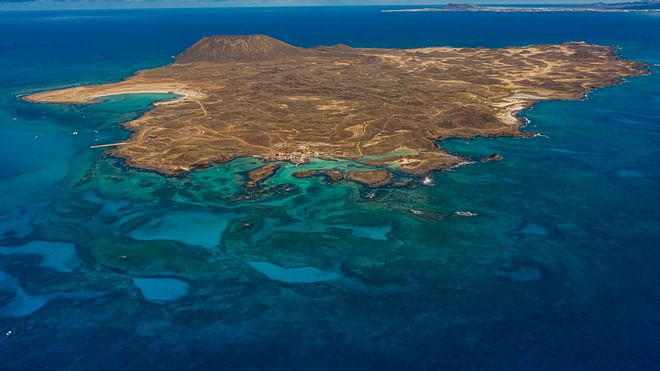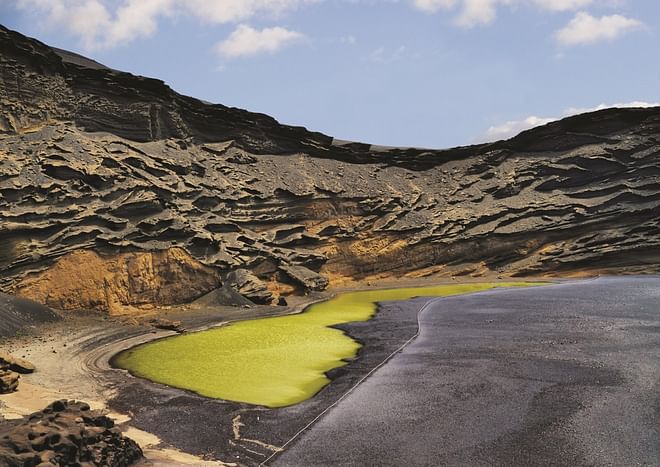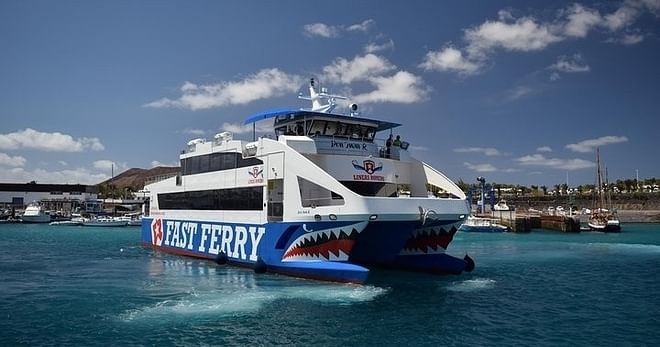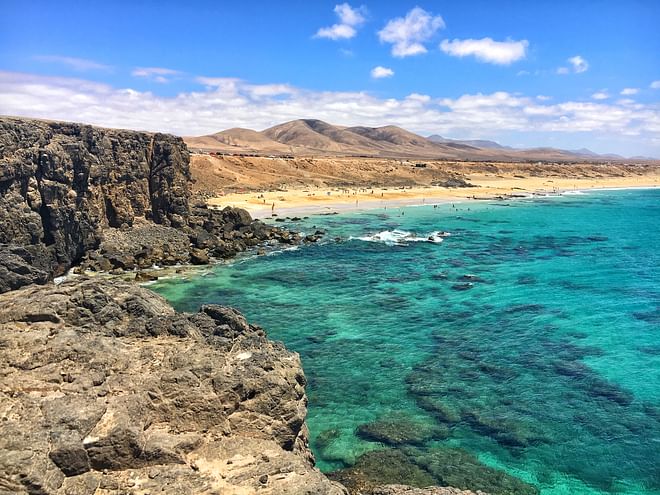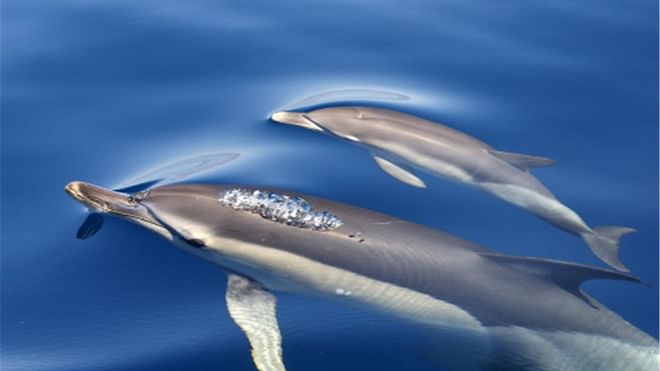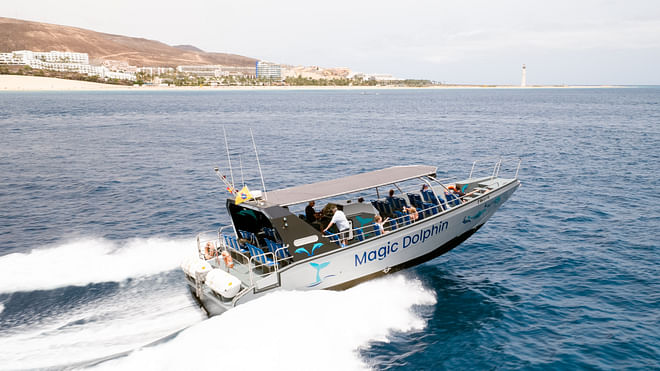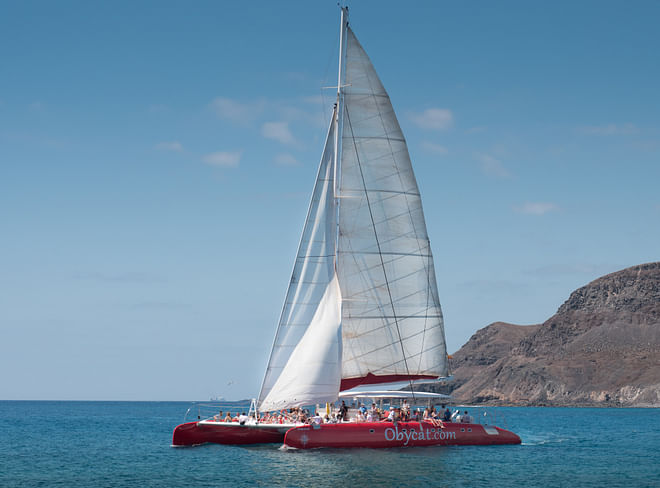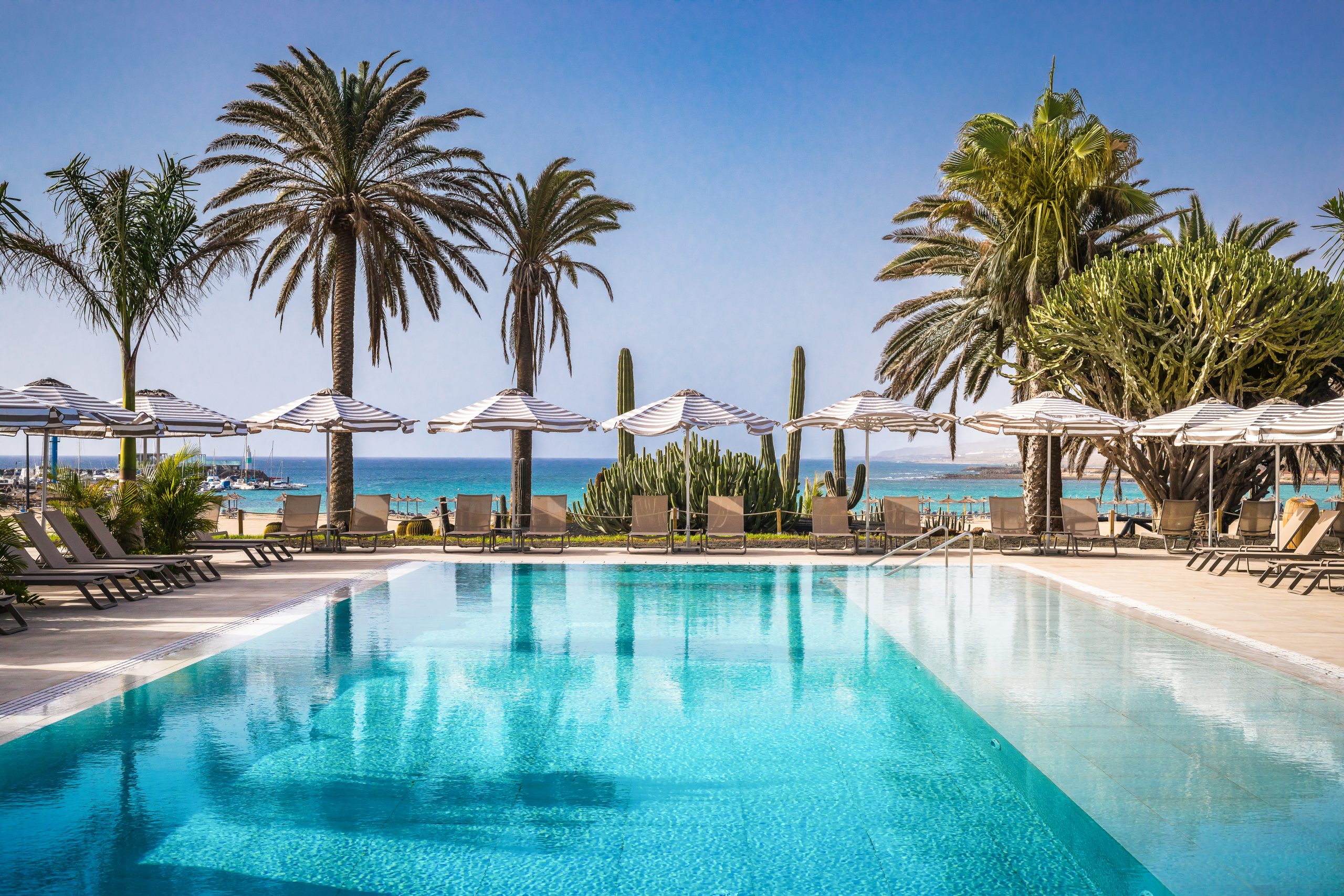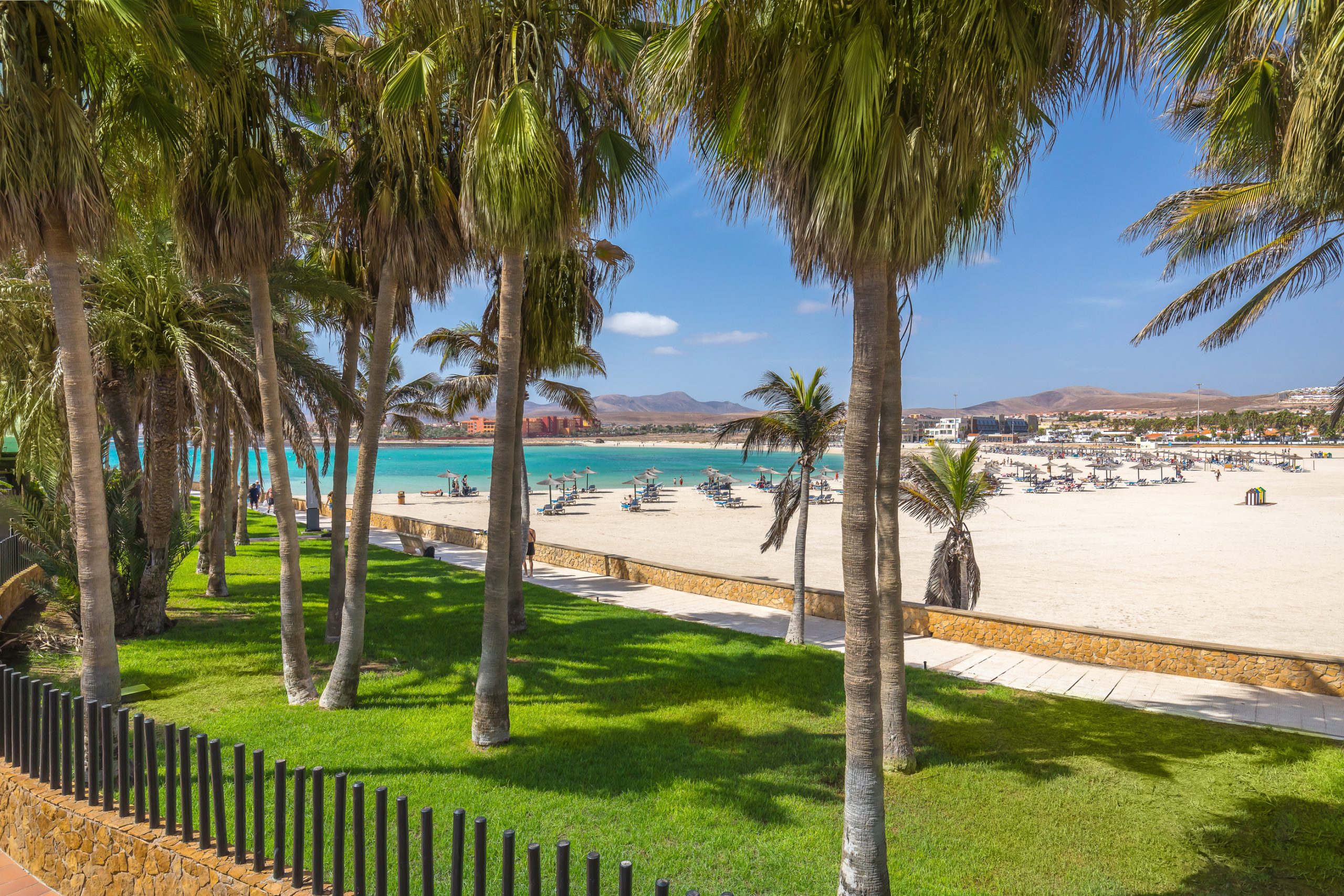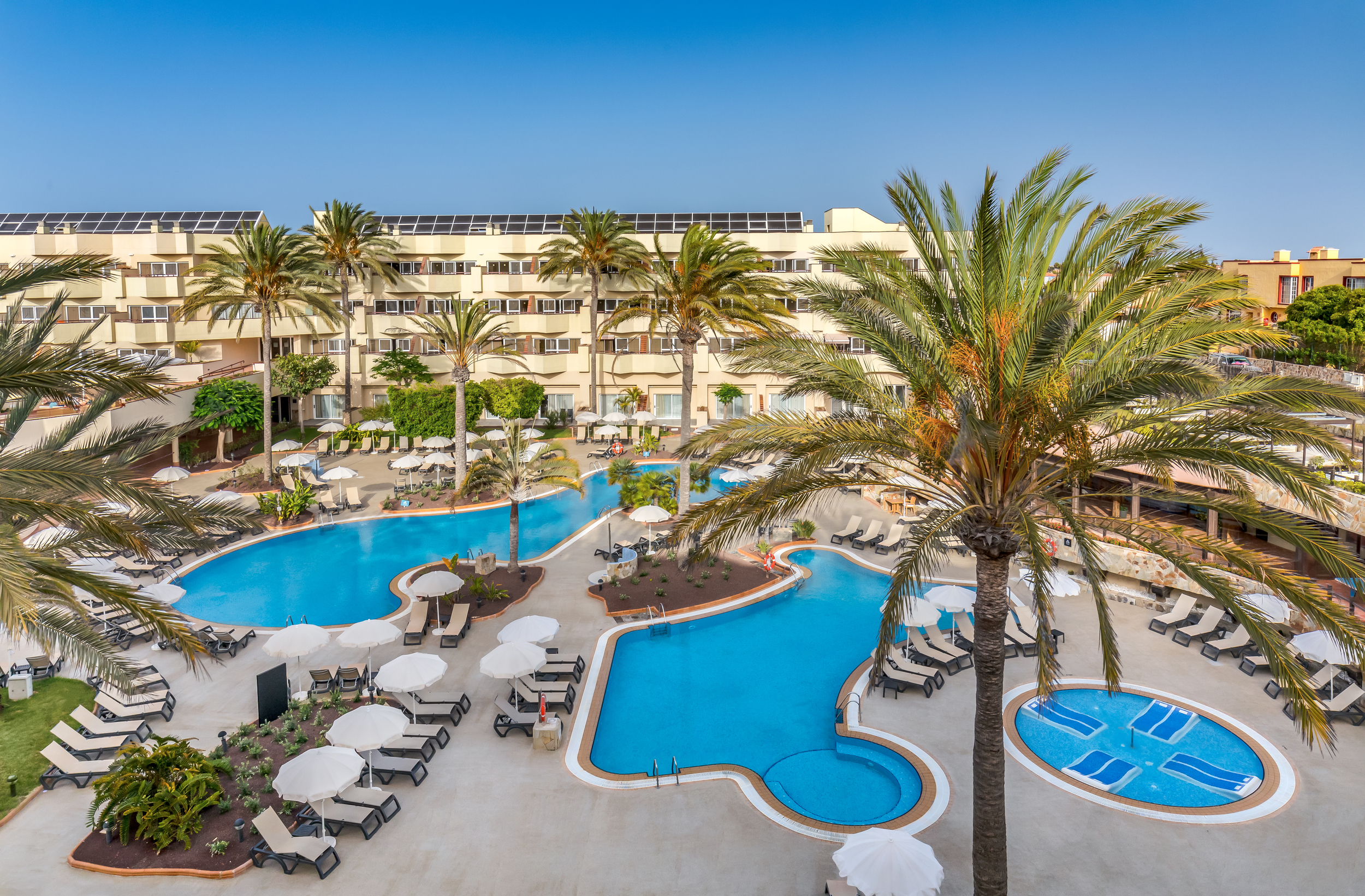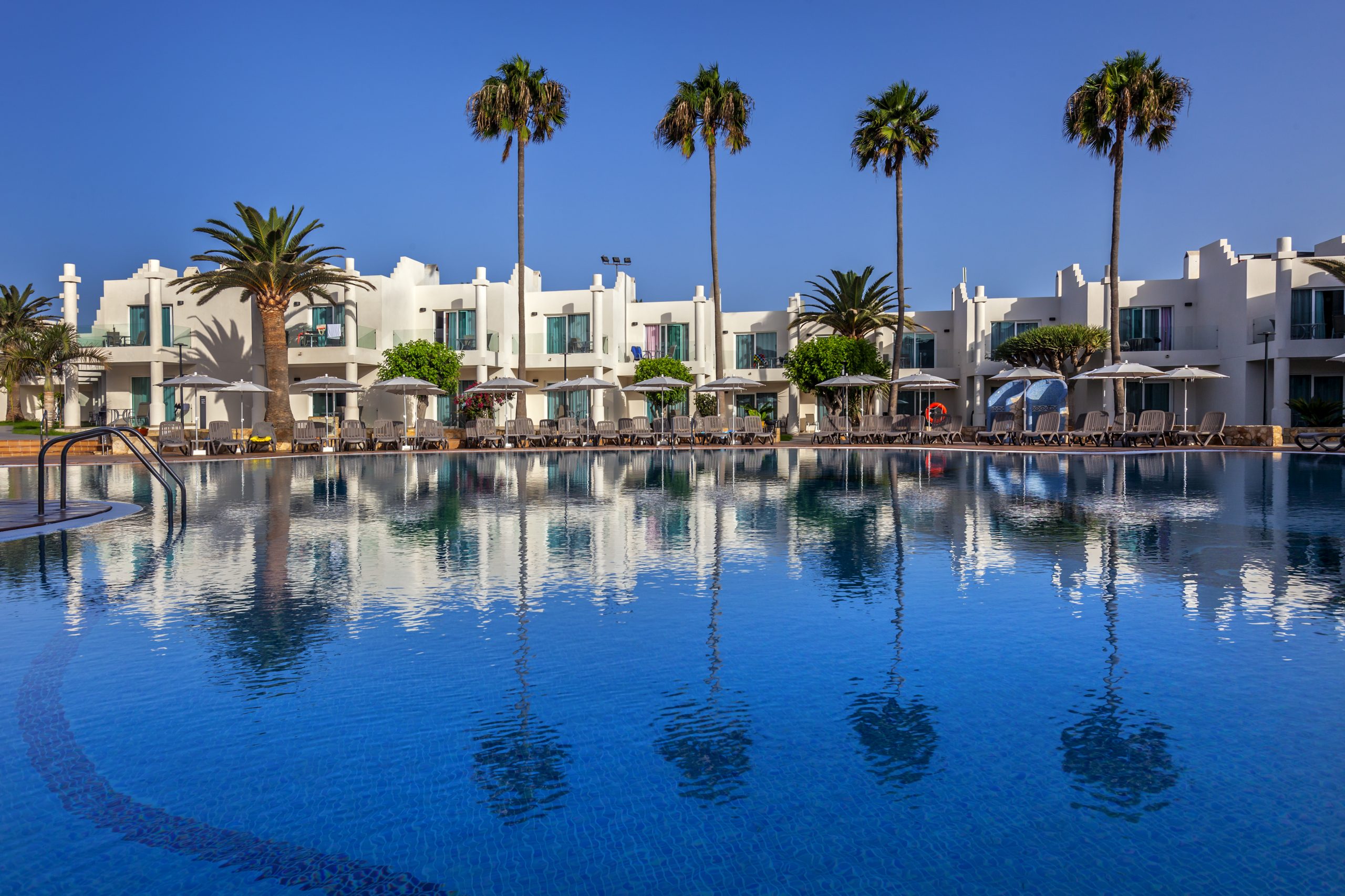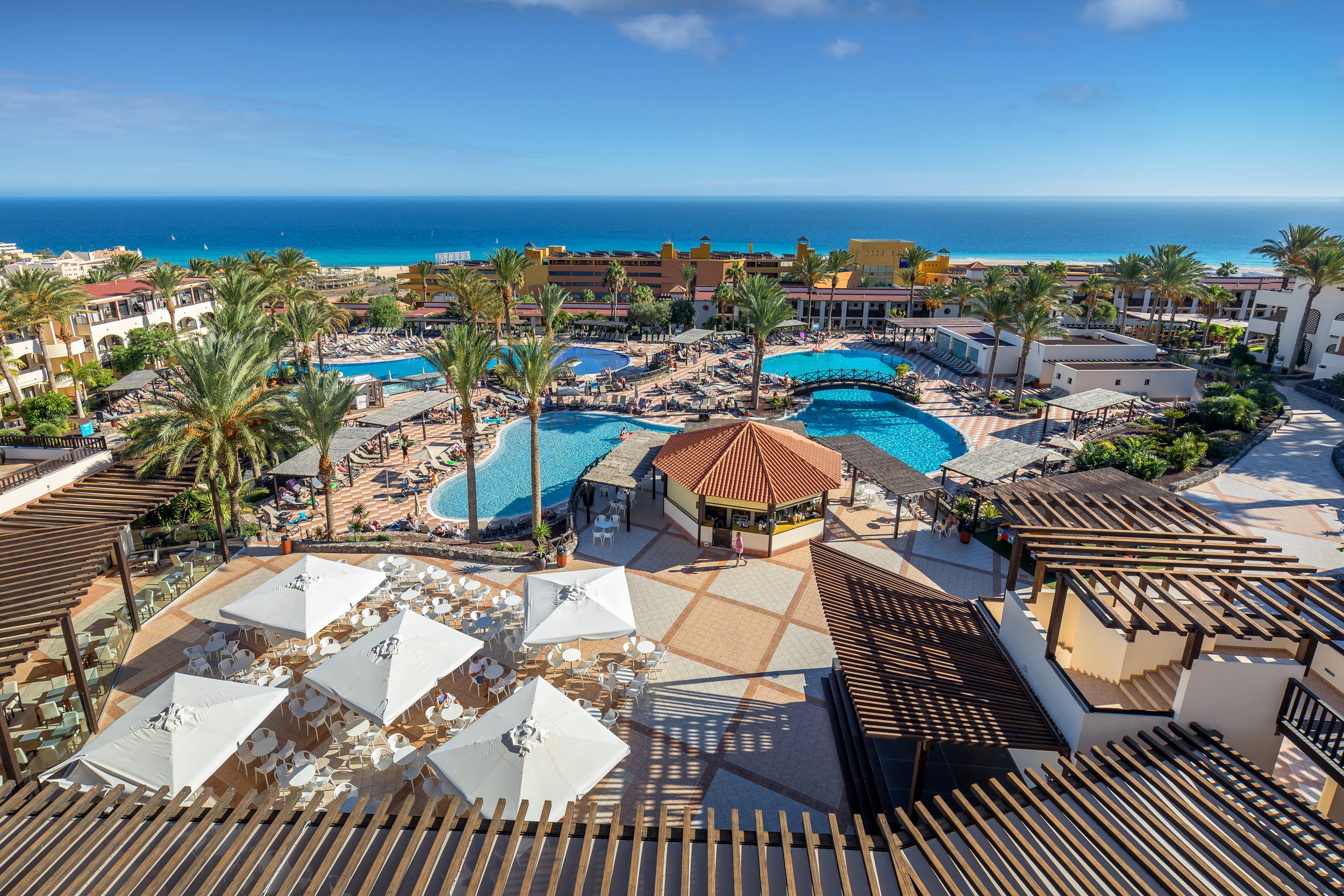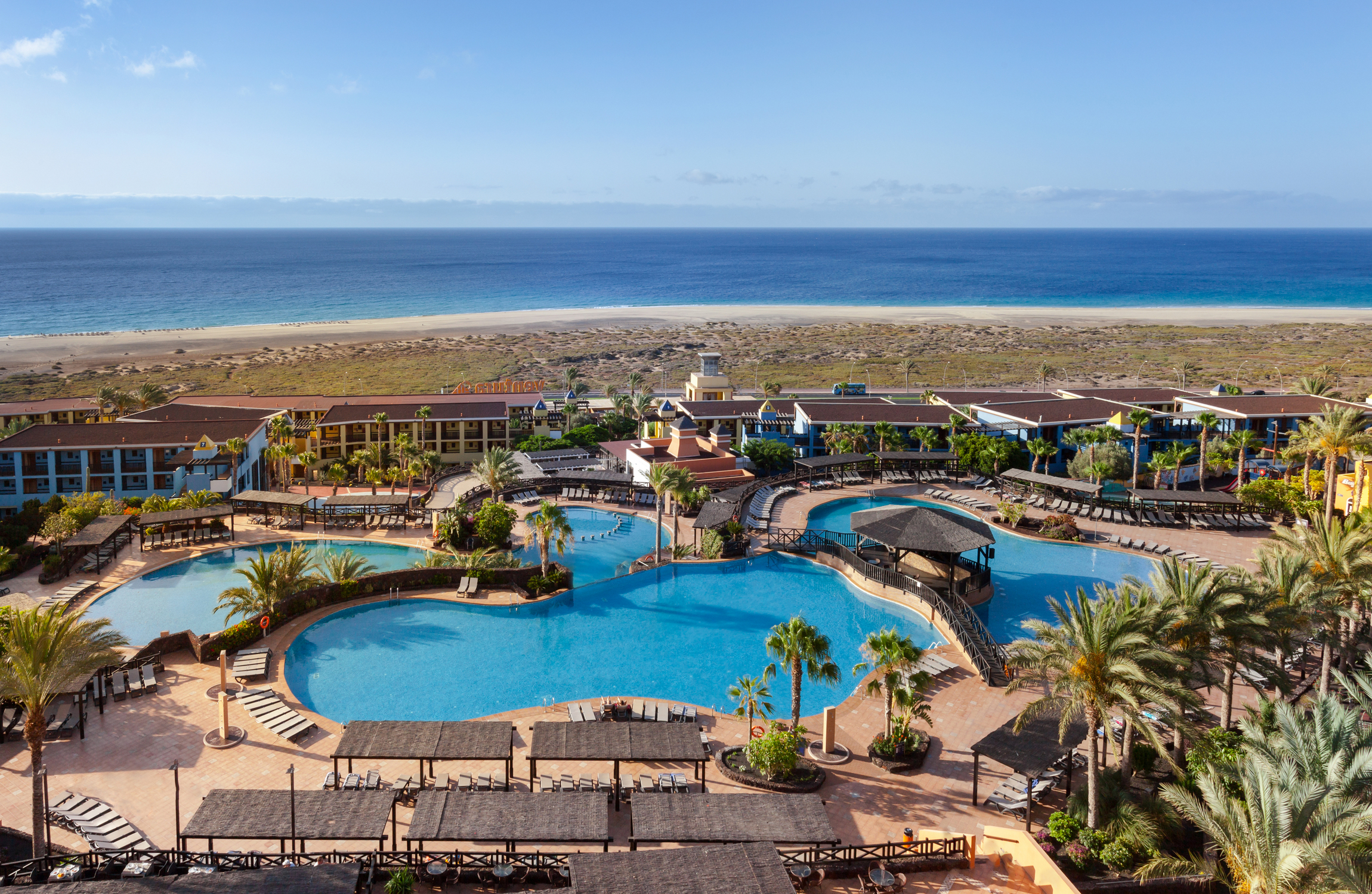Fuerteventura is home to some of the finest beaches found anywhere in the Canary Islands and beyond. When you visit these beaches, their privileged setting is impossible to ignore. This island, in fact, which lies so close to the African continent, even has ventura (‘fortune’, in English) in its name. And that’s exactly how the island makes us feel: fortunate, and lucky to be able to enjoy its beautiful and idyllic beaches. The entire Fuerteventura coastline is surprisingly diverse. There are beaches for all tastes and pastimes.
This part of the Atlantic Ocean regularly attracts surfers and lovers of other water sports. Perfect for a romantic trip away or a family holiday, Fuerteventura is also an excellent destination for those in search of solitude and silence. Miguel de Unamuno, exiled to the island during the Franco dictatorship, wrote beautiful pages about the sense of isolation that is exuded by the island. For the Basque writer, his strolls along the Playa Blanca—lying close to Puerto del Rosario—were a source of inspiration.
Beaches in southern Fuerteventura: the adventure begins
The beaches in southern Fuerteventura are simply breathtaking. The beauty of the beaches of the Jandía peninsula is almost unparalleled. It is the perfect destination for those searching for unspoilt stretches of coastline. This area can only be accessed via a single route: a 20-kilometre dirt road. Along the route, a series of surprising ravines lead down to virgin coves, which can only be accessed by foot. Here, you will find yourself in complete solitude.
During the journey, be sure to visit the small fishermen’s village of Puertito de la Cruz—where you can try exceptional freshly caught fish—and the Jandía lighthouse. The Playa de los Ojos, set amongst a series of steep cliffs, can only be accessed by descending a set of wooden steps. This beach is particularly famous for the huge puddles that form at low tide.
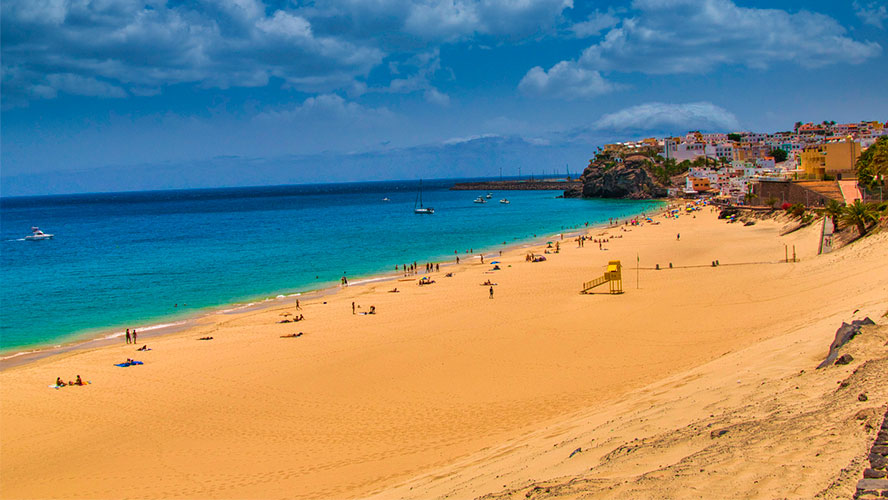
The environment changes as you get closer to the key tourist resort of Morro Jable. It has a huge seafront promenade and several peaceful beaches with crystal-clear waters, which are some of the most famous and popular on the island. The Playa del Matorral is separated from the hotel area by the Jandía salt flat, which is a protected wetland. On the Playa del Risco del Paso, meanwhile, the movement of the tides forms a series of natural pools on the beach, which are always a hit with children. Smaller and more hidden than the above, another option is the Playa de los Canarios.
The Playa de Sotavento beach: Jandía’s highlight
The Playa de Sotavento is the highlight of the Jandía peninsula, comprising one of the best beaches on the island of Fuerteventura. Measuring 10 kilometres long, this is the peninsula’s largest and most spectacular beach. Its fine golden sands and calm, transparent and turquoise-toned waters make it an excellent photo opportunity. This beach attracts lots of visitors, but there are hardly any buildings in the surrounding areas. At high tide, a lagoon is formed that occupies much of the beach, completely changing its appearance. This is the perfect destination for novices in water sports. It is home to a renowned windsurfing and kitesurfing school.
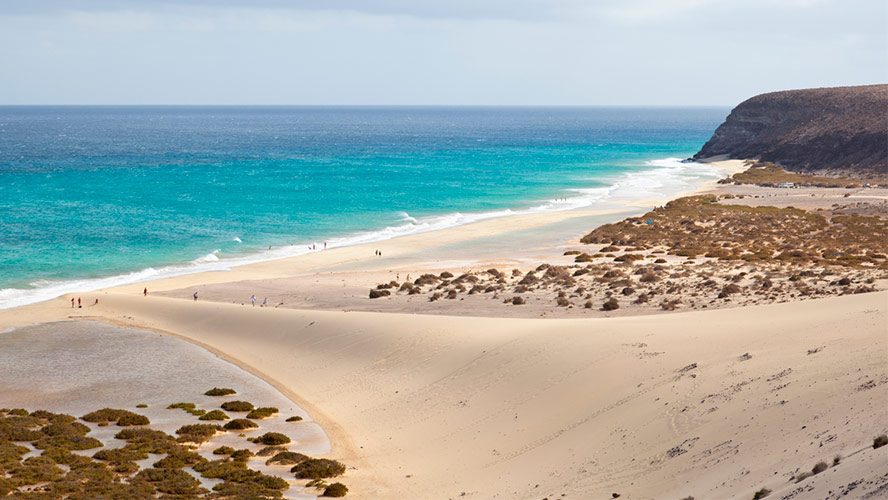
The Playa de Cofete beach: simply unforgettable
Access to the Playa de Cofete beach, located on the western coastline of the Jandía peninsula, is difficult. Despite this, we strongly recommend driving up the hill to the Mirador de la Degollada viewpoint, and then following the track down to the beach. A stony path leads down to this idyllic beach; a wild and solitary stretch of sand that is surrounded by mountains. This is the perfect spot for those who need to disconnect, focusing on nothing more than the soothing sound of the crashing Atlantic waves. Take caution when swimming, as these waters have strong waves and currents.
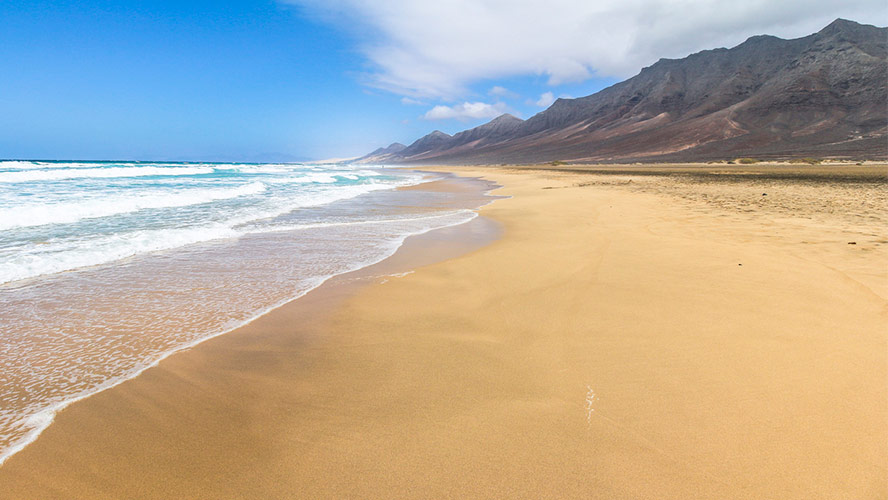
Costa Calma beaches: leisure at your own pace
Costa Calma, home to another of the island’s main tourist resorts, is located in the municipality of Pájara, close to Sotavento. If you’re looking for genuine comfort and varied leisure opportunities in a peaceful setting, you’ve come to the right place. You can find all of this along two magnificent white sandy beaches. The palm tree-lined Playa de Costa Calma, measuring almost two kilometres long, is the most popular beach. It is home to many excellent restaurants and a broad range of activities. However, the sheer size of the beach means it is never too crowded. The Playa Esmeralda, sheltered from the wind by some small mountains, offers turquoise waters, calm waves and a greater sense of isolation.
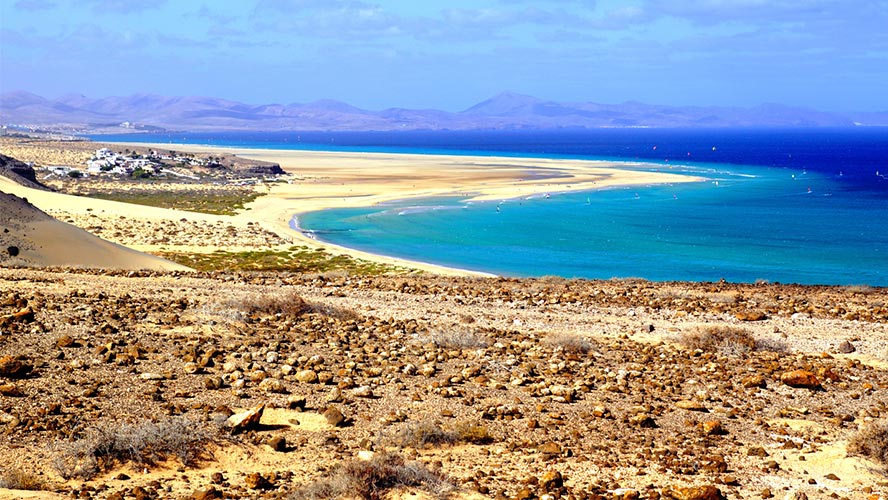
Beaches in northern Fuerteventura: contrasting landscapes
The northern part of Fuerteventura has become a popular tourist area. The contrasting landscapes make this corner of the Atlantic an endless stream of surprises. The northern route, taking the motorway from the capital city of Puerto del Rosario, cuts through volcanic landscapes of striking colours. This part of the island is noticeably dryer and windier, with successive beaches emerging like mirages in the desert.
Northern Fuerteventura is home to impressive stretches of sand dunes. You will also find volcanic trails that encroach into the sea, rugged headlands and rockier black sandy beaches, similar to those on the island of Tenerife. This part of the so-called ‘Windy Island’ is also home to charming fishermen’s villages, castles, towers, caves and windmills. To this list, you can also add the spectacular nature of its beaches.
The Grandes Playas de Corralejo beaches: a magical park of sand dunes
The formidable Playas de Corralejo are found in an extraordinary setting: the Dunas de Corralejo Natural Park. A visit to this 8-kilometre stretch of coastline will make you feel like you’re in the Sahara Desert, finding yourself surrounded by impressive sand dunes. The beaches closer to the town of Corralejo are more popular, and as such, offer more services.
Within the park, heading southwards, these become wilder and more solitary. These idyllic beaches are caressed by beautiful turquoise waters. The white sands of these beaches are particularly unique. Namely, because the sand is fossilised, formed from the erosion of sea shells. On some coves, nudism is permitted. There is no better plan than spending the day here, splitting your time between sunbathing on its gorgeous sands and taking a refreshing dip. We also recommend going for a swim at the small beach in the town itself. This offers a more family-friendly atmosphere, where you can sample exquisite fish dishes in one of the area’s various restaurants. You can also take a ferry from Corralejo to the Island of Lobos, which is an unforgettable experience.
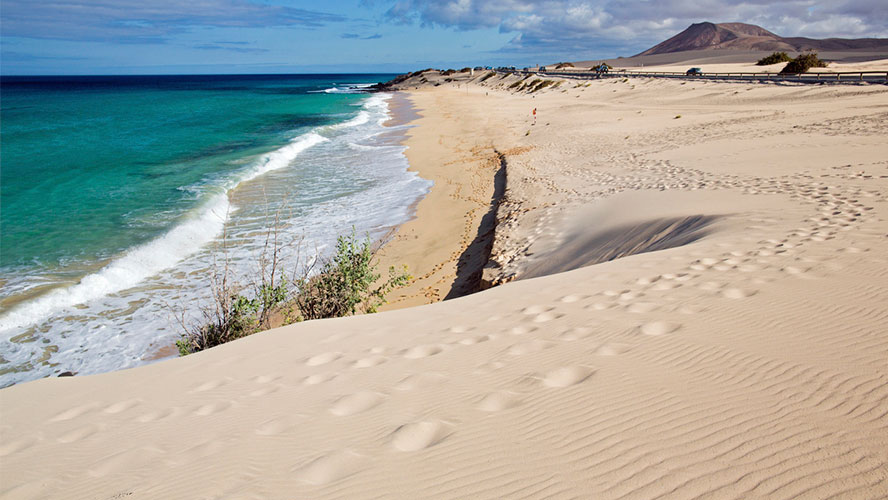
The Playa del Gran Tarajal beach: dark, volcanic sands
The Playa del Gran Tarajal, located in the town of the same name within the municipality of Tuineje, is a contrast-heavy urban beach. The sand is darker and rockier here, reminiscent of the beaches of Tenerife. Popular amongst locals, this beach measures one kilometre long and one hundred metres deep. Offering various services, it is perfect for a day of swimming and sunbathing with the children. Several times has this beach hosted the international WOMAD (World of Music, Arts and Dance) Festival, founded by composer and producer Peter Gabriel.
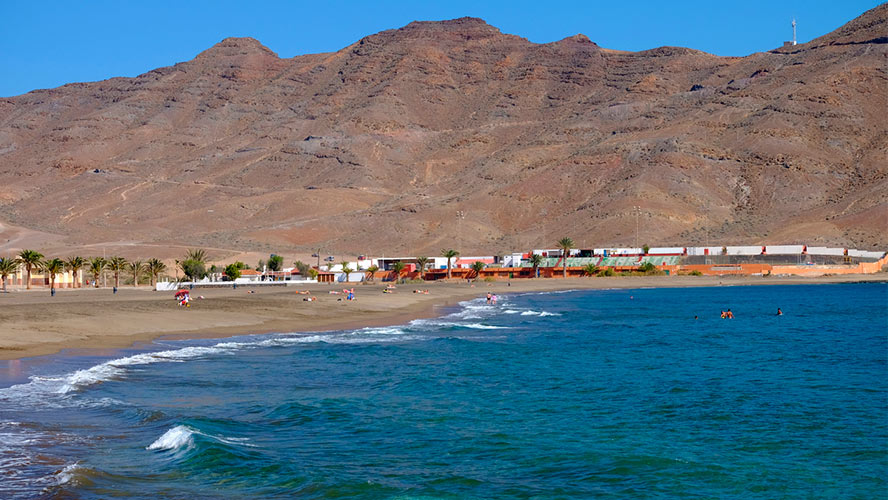
Other local beaches include La Lajita, Las Playitas, Tarajalejo and Playa Blanca, with the latter—located in Puerto del Rosario—being the preferred beach of author Miguel de Unamuno during his time in exile on the island. Another huge attraction is El Cotillo, which is home to beaches with crystal-clear waters such as Los Lagos and La Concha. Another is the impressive Los Cuchillos de Vigán natural monument, home to the Playa de Jacomar. This beach, which exudes peace and authenticity, remains largely uncovered by tourists.

























































